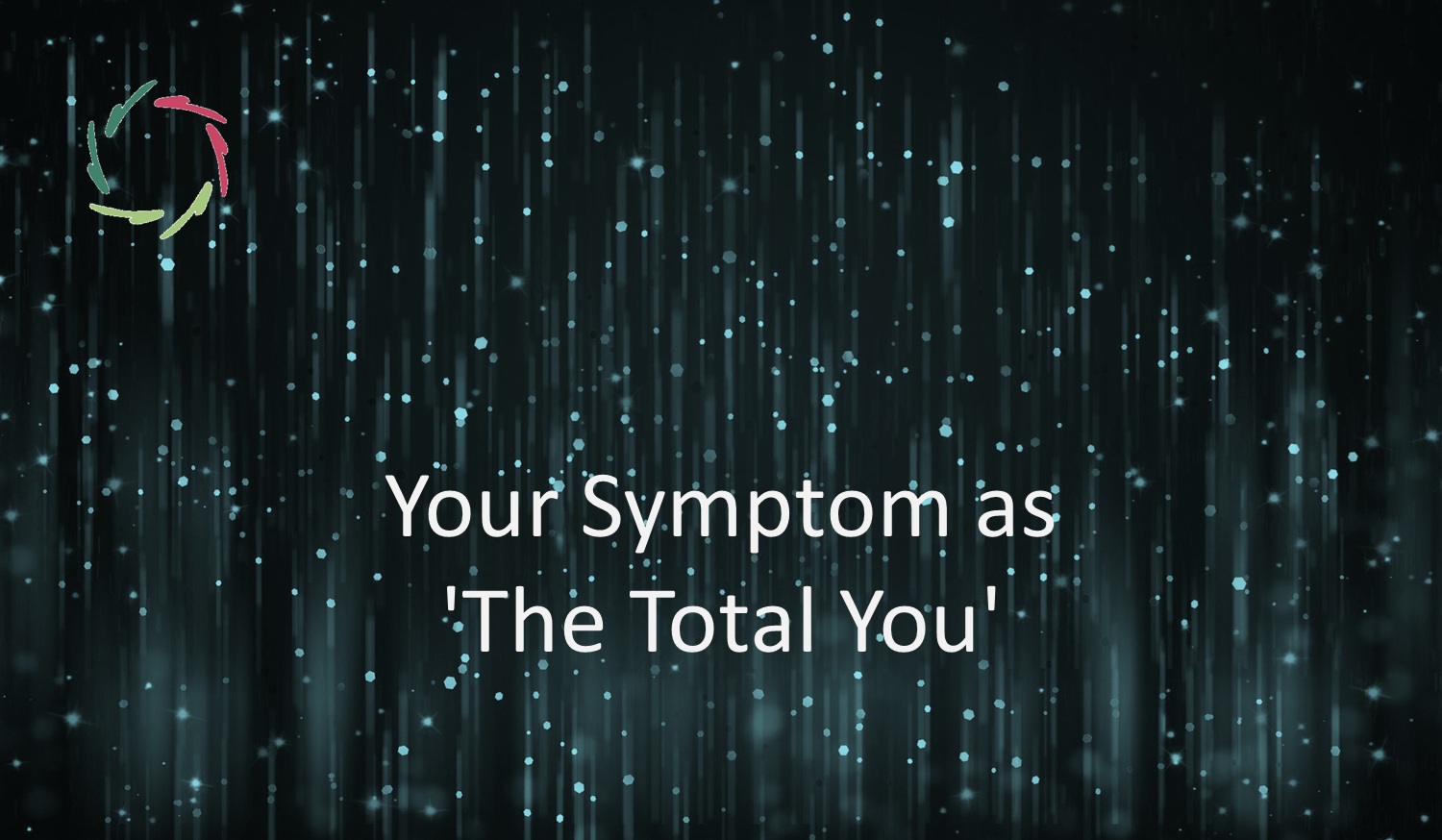Medicine of War ― and its Impact on Society

Modern medicine, with its foundation in the Conceptual Western Enlightenment (CWE), operates largely under a ‘war paradigm.’ Diseases are seen as enemies to be fought, symptoms as battles to be won, and cures as victories to be celebrated.
This approach, while effective in certain domains, comes with significant consequences — not only for individuals but also for society at large. The war mindset feeds into inner dissociation, societal discord, and even global conflict, creating a pressing need for a fundamental shift in perspective.
The origins of the war mindset
The roots of this mindset stretch back to the Enlightenment era (CWE), when medicine aligned itself with the mechanistic principles of physics. The body was conceptualized as a machine, with diseases likened to mechanical failures. Germ theory further entrenched this approach, framing microbes as invaders to be eradicated. This view, solidified during wartime with advances like antibiotics and trauma care, established a legacy of medicine as a battlefield.
While this paradigm brought undeniable progress, it also narrowed medicine’s focus to isolated symptoms and short-term solutions. The deeper, dynamic complexity of human beings was left out of the equation, perpetuating a cycle of suppression and neglect.
Inner dissociation as the root problem
At its core, the war mindset fosters inner dissociation. Symptoms are seen as foreign, disconnected from the self, rather than as integral messages from the whole person. This fragmentation can manifest in psychosomatic conditions, where emotional or subconscious conflicts express themselves physically. Viewing these symptoms as ‘the enemy’ rather than part of the total self deepens this inner divide.
This dissociation doesn’t stay contained. It spills into relationships, communities, and even nations, mirroring the fragmentation within individuals. The result is a society increasingly polarized, with conflicts escalating at every level.
The feedback loop of fear and anxiety
Fear and anxiety play a critical role in sustaining this paradigm. Fear, being concrete and immediate, drives the urgent response to suppress symptoms. Anxiety, however, is symbolic, pointing to deeper, unresolved aspects of the self. The two form a feedback loop: fear of symptoms leads to quick fixes, while unaddressed anxiety resurfaces, perpetuating the cycle.
For example, during the COVID-19 pandemic, the global response focused on eradicating the virus as an external threat. While this was understandable in the short term, it overlooked the deeper anxieties – fear of uncertainty, mistrust in institutions, and existential vulnerabilities – that exacerbated immune decline and fueled societal unrest. These dynamics are explored in The problem with corona is the problem with medicine, which highlights the dangers of ignoring mind-body unity.
Medicine as a mirror of society
Medicine doesn’t just shape society; it reflects its values. The war mindset aligns with cultural norms like surface-level consumerism, individualism, and zero-sum thinking. Healthcare often treats patients as depth-deprived consumers, offering quick fixes rather than fostering holistic well-being. The same adversarial thinking dominates political and economic systems, driving competition over collaboration.
Conversely, the adversarial approach of medicine reinforces these societal tendencies. By emphasizing conflict and suppression, it normalizes aggression as a means of problem-solving, perpetuating cycles of fear and division.
From personal discord to global conflict
The war mindset’s impact extends far beyond the individual. Inner dissociation and fear-driven responses scale up to create societal and geopolitical instability. Polarized communities reflect the fragmented selves of their members. Nations, much like individuals, project their inner conflicts outward, framing other countries as threats. This adversarial framing risks escalating into large-scale wars, including the possibility of a global catastrophe like World War III.
This link between inner dissociation and societal mayhem is discussed in Inner dissociation is never OK, which explores how fragmentation within individuals ripples outward, fostering division and conflict at every level.
Compassionate fighting
Not all fighting is harmful. There is a vital distinction between fighting with aggression and fighting with Compassion. The former is destructive; the latter is transformative. Compassionate fighting involves engaging with challenges — not to suppress or destroy them but to understand and grow from them.
In psychosomatic medicine, this might mean listening to a symptom as a message from the total self rather than viewing it as an invader. The same principle applies to societal and global conflicts. Leaders who approach challenges with Compassion can transform adversarial relationships into opportunities for collaboration.
A vision of peace in medicine
What if medicine shifted from a ‘war’ model to one of peace? This vision redefines success—not as the elimination of symptoms but as the cultivation of long-term harmony. Symptoms would be seen as guides, pointing to deeper needs within the individual. Care would prioritize integration over suppression, fostering resilience and inner alignment.
This shift has profound implications for society. By fostering Compassion and integration within individuals, medicine could ripple outward to promote collaboration, trust, and unity on a global scale. The path forward is not about rejecting science but embracing its potential to honor the complexity and depth of the human experience, as highlighted in Is short-term enough in therapy?, which emphasizes the importance of sustainable, growth-oriented healing.
A call to action
The ‘medicine of war’ paradigm has brought us far, but it cannot take us further. Its adversarial approach risks deepening divisions — within ourselves, our societies, and our world. By embracing a ‘medicine of peace,’ we can transform fear into understanding, dissociation into integration, and conflict into cooperation.
This shift is not just a necessity for healthcare but a beacon of hope for humanity.


